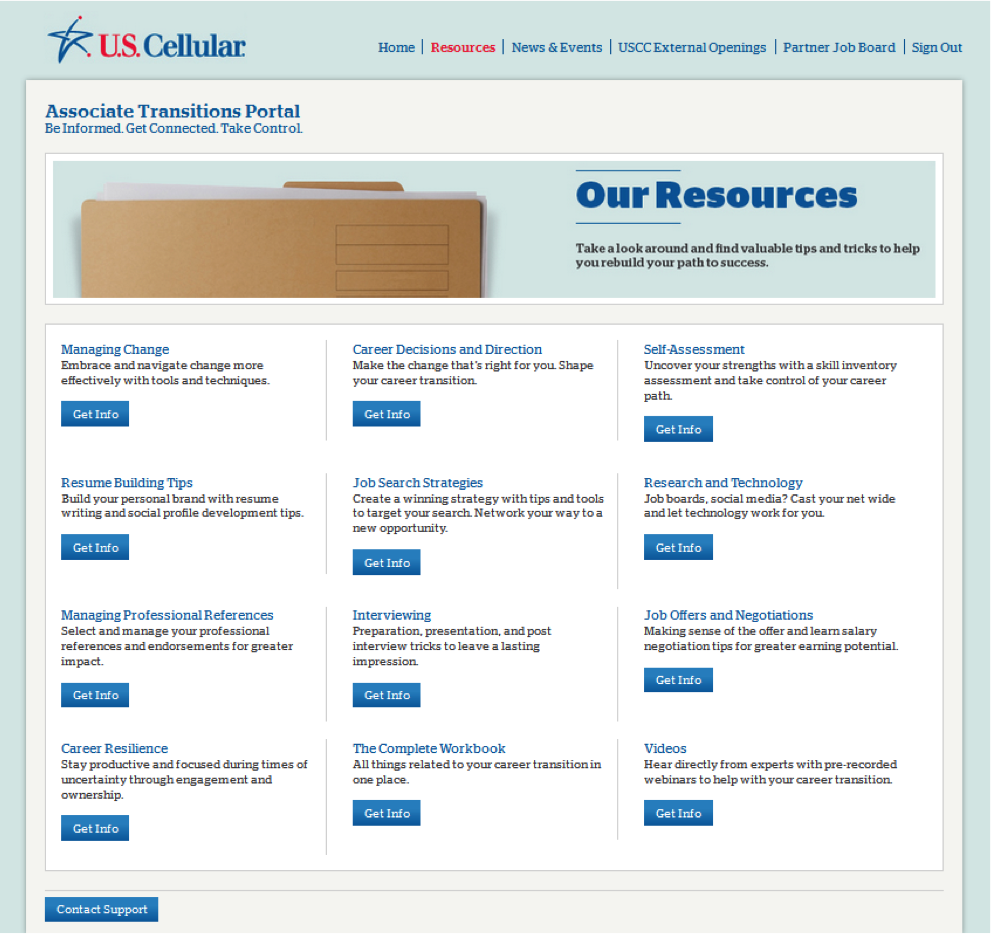Update: SilkRoad says there are errors in the report it published Thursday on which the post below is based. The most significant appears to be charts on pages 8, 11, and 15 and in the infographic on the SilkRoad blog showing some sources produced more hires than they did interviews.
A company spokesman said in an email: “the issue concerning the numbers on Craigslist was an error and has been changed. In regards to the information on page 15, that chart only represents the percentage of interviews and hires as a percentage of all external sources and does not take into account internal or offline sources.”
Additionally, “There were no sources in our findings with a larger number of hires over interviews. The issue with the image on page 11 is with the chart and Craigslist.” Note that as of this update, it does not appear the updates to the charts have been made.
***********************************
Referrals and the company career site are the two leading sources for new workers hired by the 1,054 companies participating in SilkRoad’s just released study of recruitment marketing effectiveness.
Between them, they produced 40 percent of the more than 150,000 hires the companies made in 2012.
This is the second year the HR software provider has compiled ATS data from its customers to report on their source of hire. This year, the company included interviews as a measure of effectiveness.
Yielded more than all other sourcing efforts
The data set came from companies as small as 100 employees and some larger than 10,000′ 60 percent had under 2,000 employees, 30 percent fall between 2,000 and 10,000, and the remaining 10 percent are larger. A company spokesman said the employers represent “the entire scale. We have lots of technology, health care, higher education and several other strong verticals.”
As it did last year, SilkRoad found that job boards collectively yielded more interviews and hires than did all other external sourcing efforts. (For the report, SilkRoad classified corporate career sites and inside recruiter efforts as internal, explaining “they are company resources.” Company sites were included because they are “internally controlled element of job advertising.”)
Among the job boards, Indeed yielded more interviews and hires than any other single site. CareerBuilder was second.
However, internal sourcing (which also included walk-ins, boomerangs, and internal transfers) accounted for 44 percent of interviews, yet produced 58 percent of all hires. Like every other study, including CareerXroads’ annual source of hire study, SilkRoad found referrals produced the most hires; 25.5 percent of all hires were attributed to referrals, a finding that compares to the 28 percent reported by CareerXroads last year. (The 2013 report should be released sometime next month.)
LinkedIn shows “dramatic increases” in numbers
The SilkRoad report sliced and diced its data to compare online sources, finding that Indeed, the giant search engine bought last year for more than $1 billion, yielded the most interviews, and was second only to the company website, in the number of hires. No other job board or online source came close in either category.
LinkedIn, which “showed dramatic increases in numbers in this year’s report,” accounting for “nearly six times as many interviews and three times as many hires as it did last year,” yielded fewer hires than did CareerBuilder, Monster, or Craigslist. In fact, Craigslist was surprising in that it produced more hires than it did interviews. Only agencies and the hourly worker job board SnagAJob had a similar result.
The report didn’t explain how that could happen. One possibility is that since all the data comes from clients using SilkRoad’s OpenHire applicant tracking system, enough of them may not be using it to schedule interviews, skewing the results. It’s also possible that some clients may simply be hiring without first conducting an interview.
